For over a century, Jonathan Sainsbury’s family have been dealing antiques or making classical furniture to exacting standards. With clients from the National Trust and English Heritage to film studios and rock stars, the founder of the Dorset firm that bears his name tells Effect Magazine how they came to specialise in replicating past masters.
“I have a real problem with the word ‘reproduction’,” says furniture-maker Jonathan Sainsbury. “I hate it. To me, when someone says a reproduction chair, or a reproduction mirror, I think: it’s going to be ghastly.”
It’s a punchy statement from a man who makes what some would describe as reproduction furniture. But, as he is at pains to point out, what he is doing is in fact very different. His eponymous company is known for producing exquisite classical furniture inspired by the designs of past masters such as Thomas Chippendale, Robert Adam and William Kent, but also made to the exacting standards of their day. “We’re not reproducing,” he clarifies, “we’re replicating, enhancing, improving.”

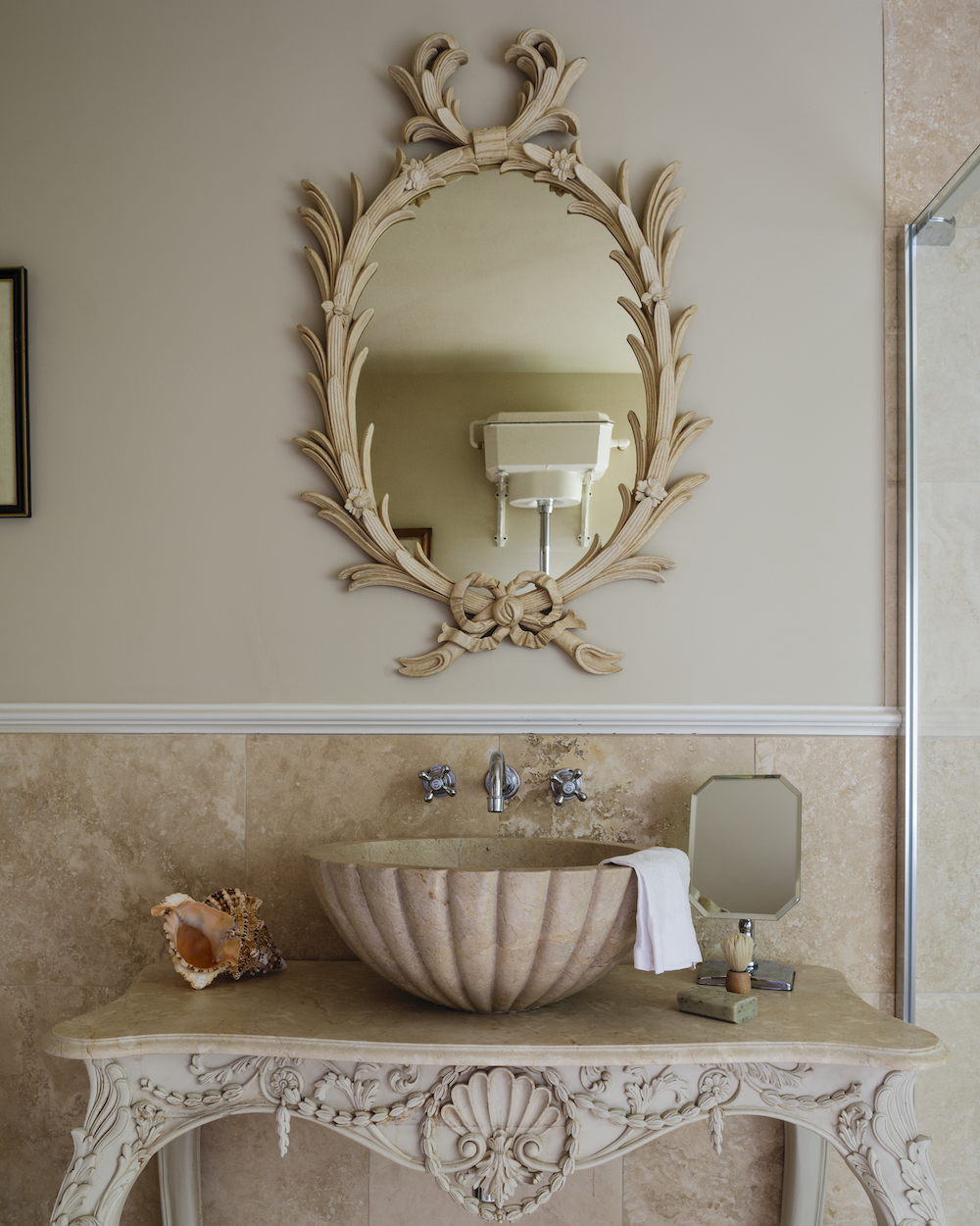
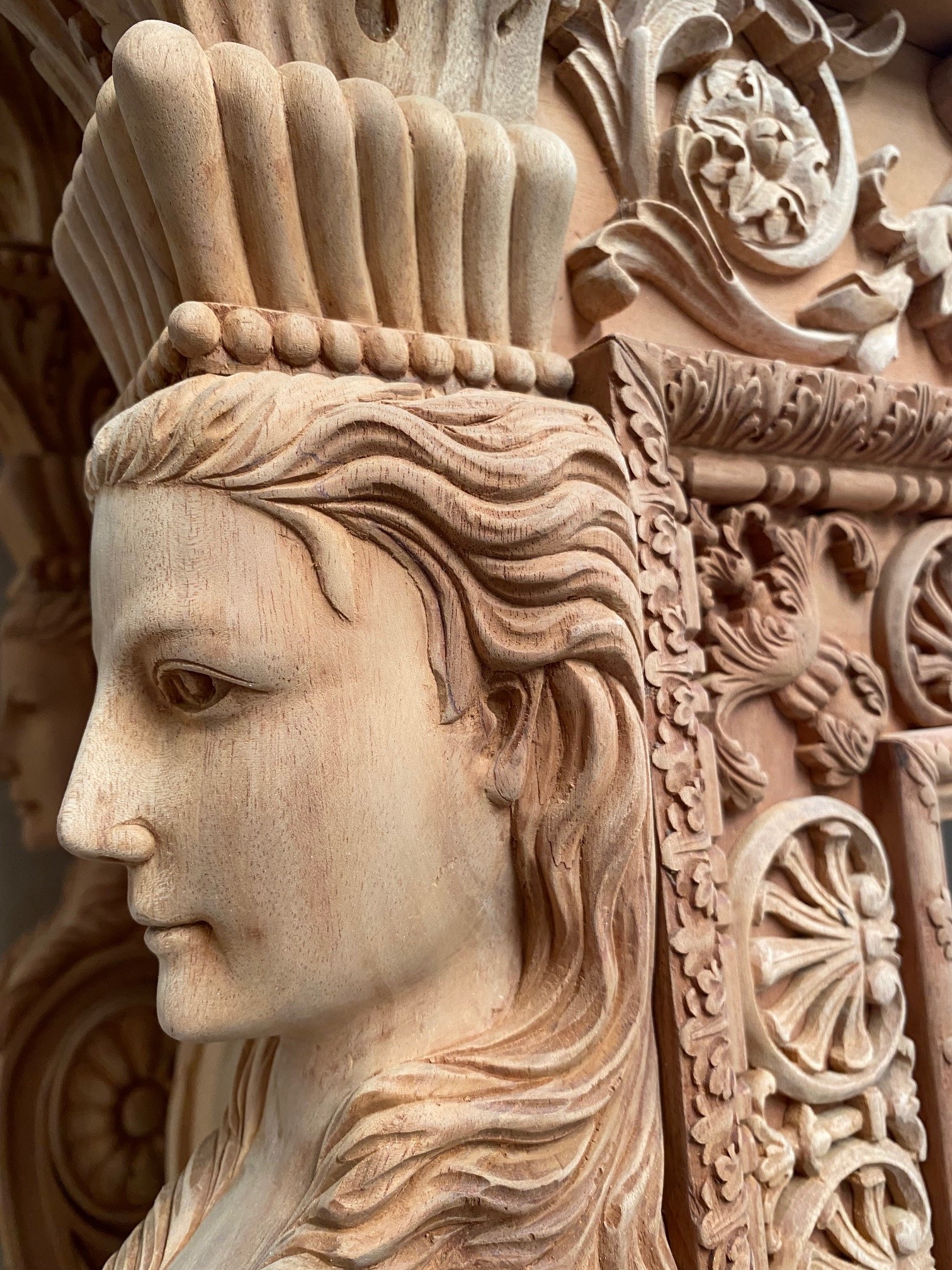
Sainsbury comes from a long line of antiques dealers that started with his great-grandfather, Daniel Sainsbury, who opened a business in Dorset in 1918. Jonathan grew up immersed in the world of antiques, but it was almost 20 years ago, in 2004, that he saw a gap in the market for what he does now. “There were people doing wonderful houses who would ask me to find them a pair of mirrors by William Kent, or a pair of Chippendale bookcases, and that’s all very well, but they’re simply not available,” he says. “As time went on, there was less and less coming on the market. The result of that was that people weren’t able to furnish their houses correctly, and to the correct style.”
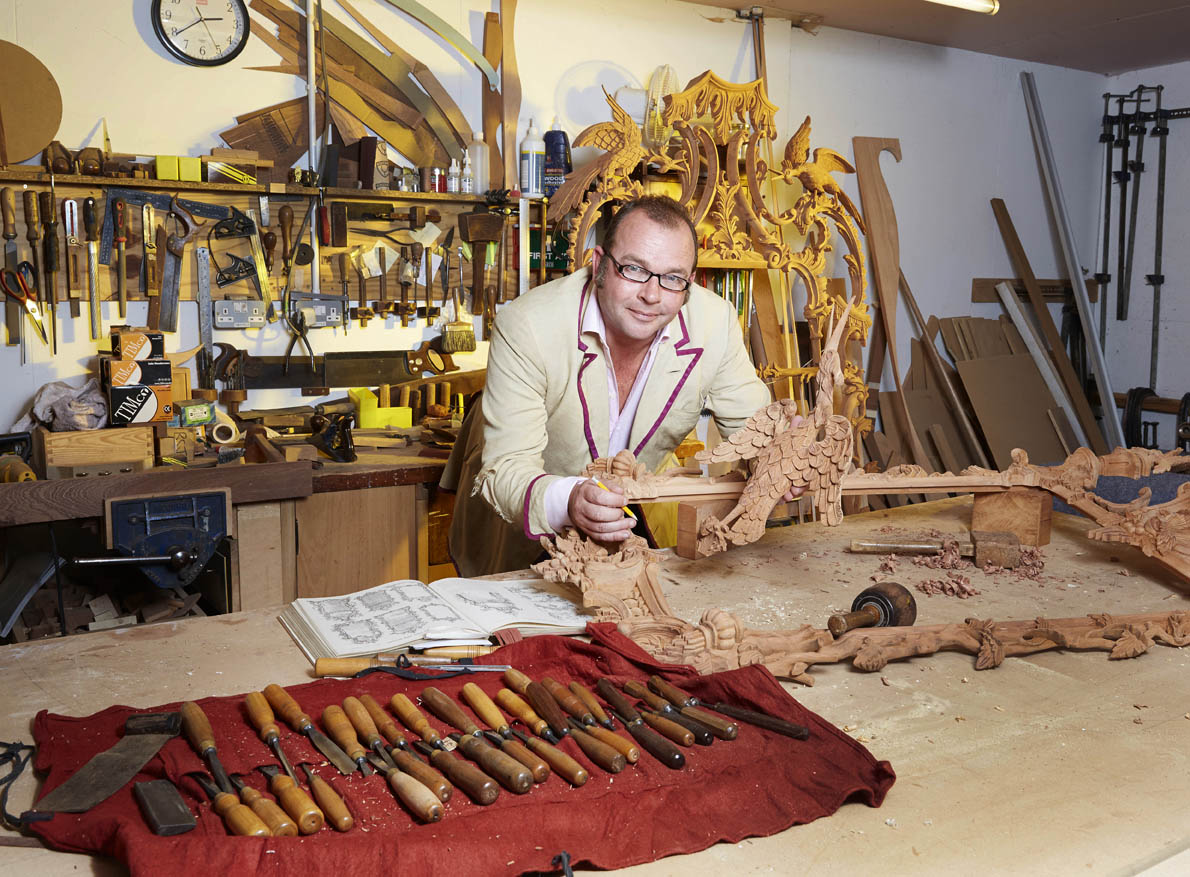
His first bespoke commission was to produce a mirror that perfectly matched one that a client bought at auction at Christie’s. “They had to have a pair, but it was one or nothing,” he recalls, “so they asked if I could make an absolutely identical one so that you couldn’t tell the difference. I said of course we can, and it progressed from there.”
To me, when someone says a reproduction chair, or a reproduction mirror, I think: ‘it’s going to be ghastly.’ We’re not reproducing – we’re replicating, enhancing, improving.
Jonathan Sainsbury
Today, Sainsbury works with the leading classical interior designers and decorators from around the world – such as Guy Goodfellow, Miles Redd, Timothy Corrigan and Hugh Henry – and his work takes in both historically inspired and contemporary designs. He regularly produces pieces to replicate lost items from National Trust and English Heritage houses, as well as for film sets, and notable private clients range from Dan Cruickshank and Julian Fellowes to Rod Stewart. Each of them notes the minute attention to detail and level of quality in his work.


As Nicholas Hodson-Taylor, design director at Guy Goodfellow, puts it: “Working with Jonathan and his team on a large residential project in central London gave us the opportunity to commission many pieces from many different aesthetic movements – whether it be the detailing of an intricately inlaid commode after André Arbus or replicating the exact proportions of a Henry Holland armchair. His workshops delivered the pieces that enabled us to create a layered classic yet contemporary look.”
When he first established his business, however, there was a certain degree of snobbery: “Not hostility exactly,” he says, “but there were some people saying: ‘What he’s making is not old.’ But actually, the only difference between what I’m making and what’s original is how old it is. There’s no difference with anything else. We’re sort of like a modern-day Chippendale,” he adds. “When they built a house in the 18th century, they didn’t fill it up with antiques. They had the house built for them, and the furniture made for them then and there.”
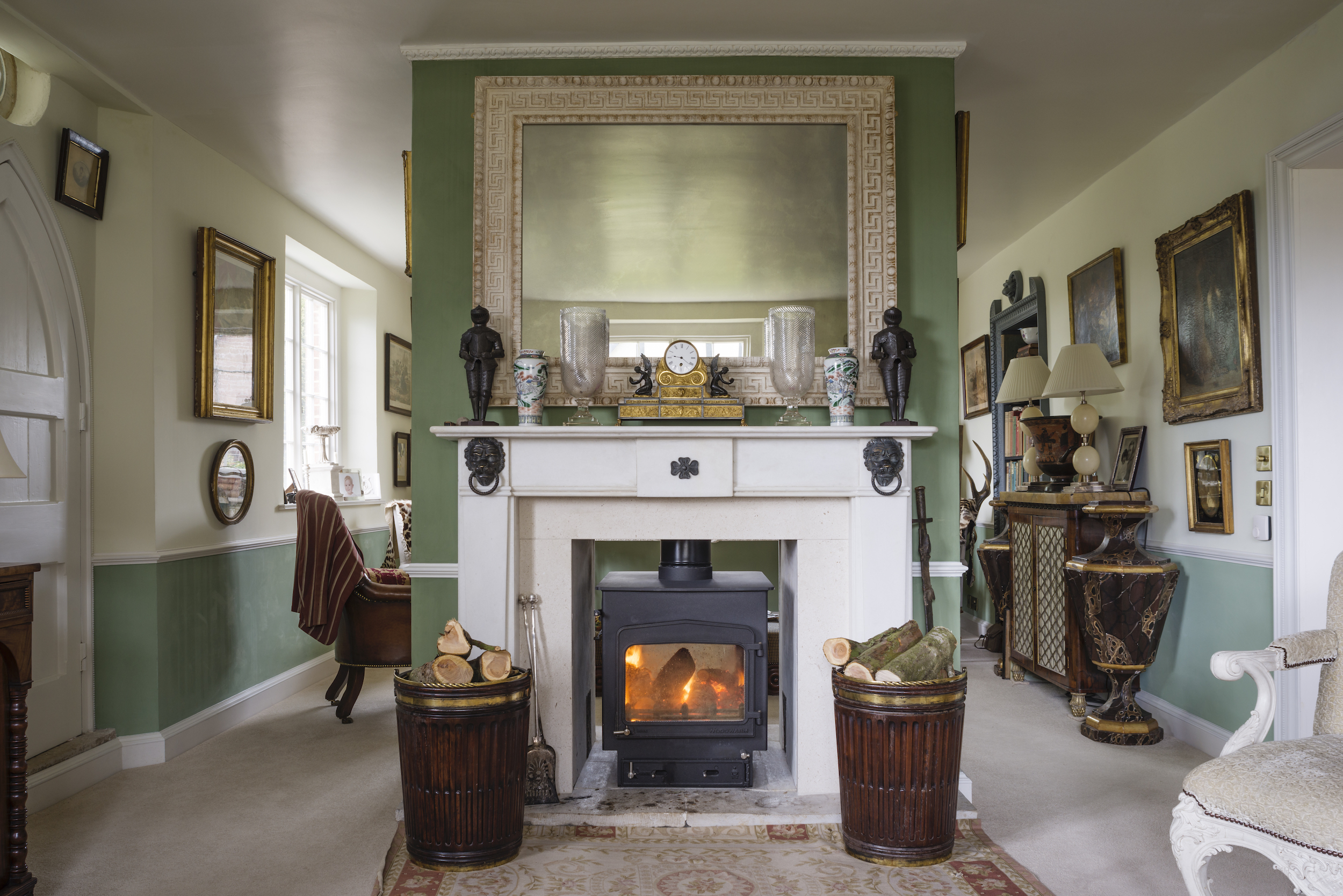
These days, there are various reasons why original antiques might not be the viable option for one of Sainsbury’s customers, chief among them being the simple fact of what can be a vast difference in cost: “They don’t want to give a quarter of a million pounds for a mirror, they want to give £25,000 for one which looks identical,” he says. More often than not, it’s also a question of availability: when someone is furnishing a large country house, it simply isn’t possible to find everything they want and need. “We’re doing a house at the moment whose owners wanted 12 Chippendale four-poster beds, the greatest models,” says Sainsbury. “You can’t find one of those for sale, but I can make 12 just like that; so we did.”

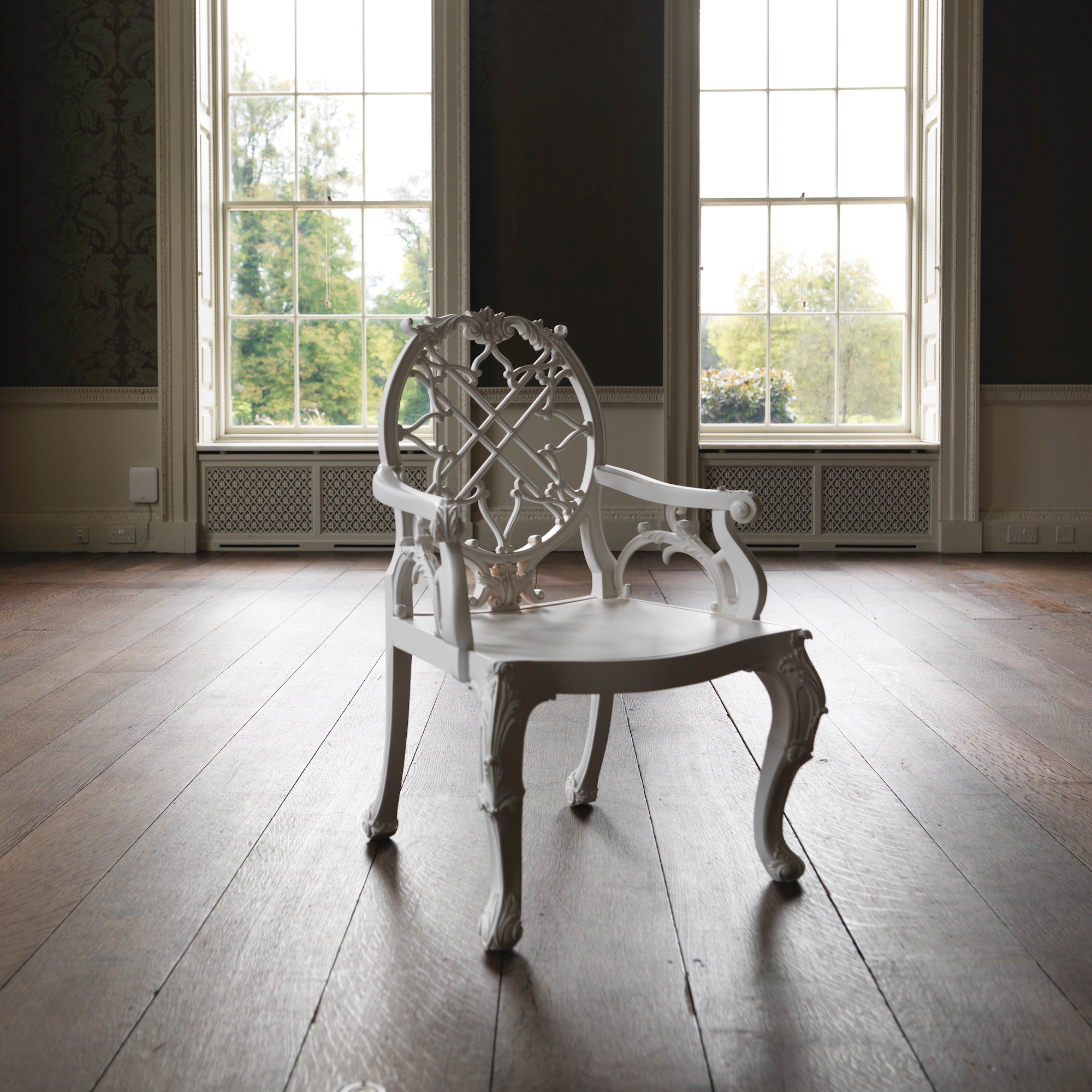
The quality of his output is thanks partly to the scale of his operation: with a large HQ in Dorset, he has hundreds of carvers around the world working full-time, along with a specialist gilding and painting department, an upholstery department, and teams of specialists working on paint finishes and polishing; all techniques that are executed exactly as they would have been in the 18th or 19th century.
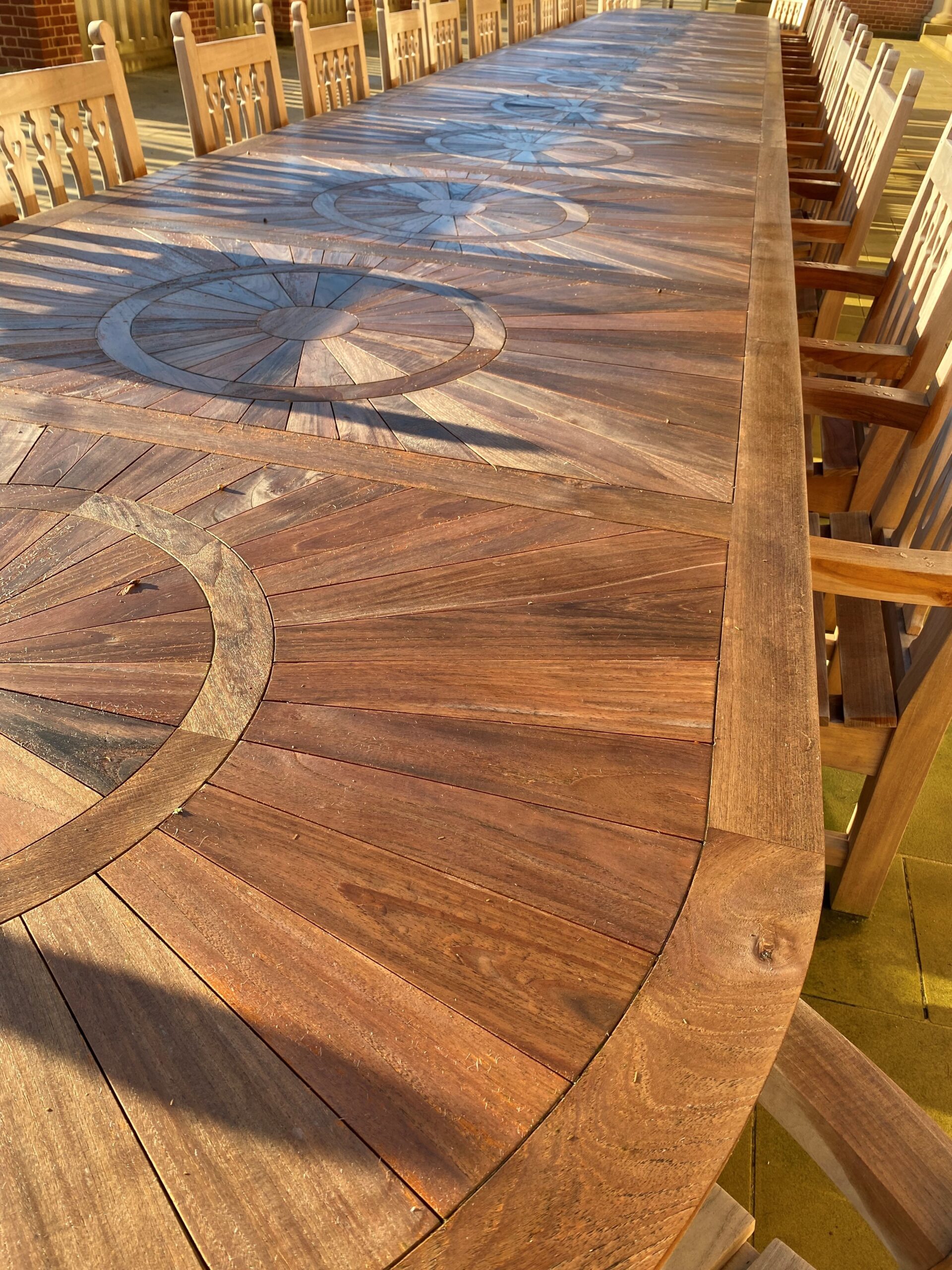
His secret weapons are the knowledge that he and his family possess after so many years in the antiques business, and having “fantastic people doing the drawing” – the secret, he believes, to a successful piece of period-style furniture. At the start of the making process, each piece is drawn up life-size, and at that point he will study the drawing at length and make alterations. “It can be something very small, tiny little alterations here, there and everywhere, and all of a sudden it works. It’s like a Rolls-Royce car: that last two per cent – that last bit of detail – can make a huge amount of difference.”
Having cornered the market in classical furniture for the home, he now has his sights set on the garden – “a hugely untapped market,” he says, “as generally all the garden furniture you can buy is a bit average.”
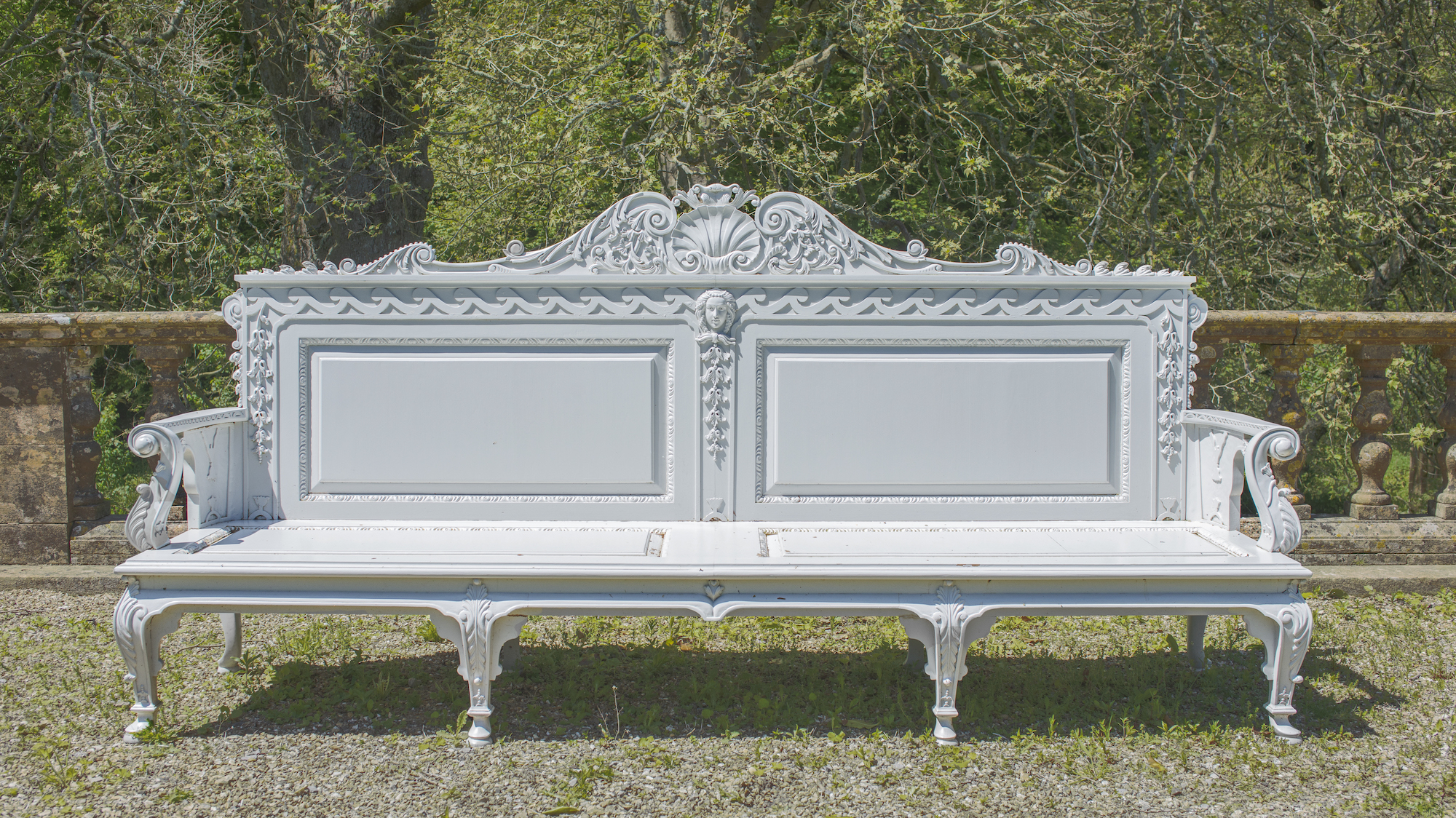
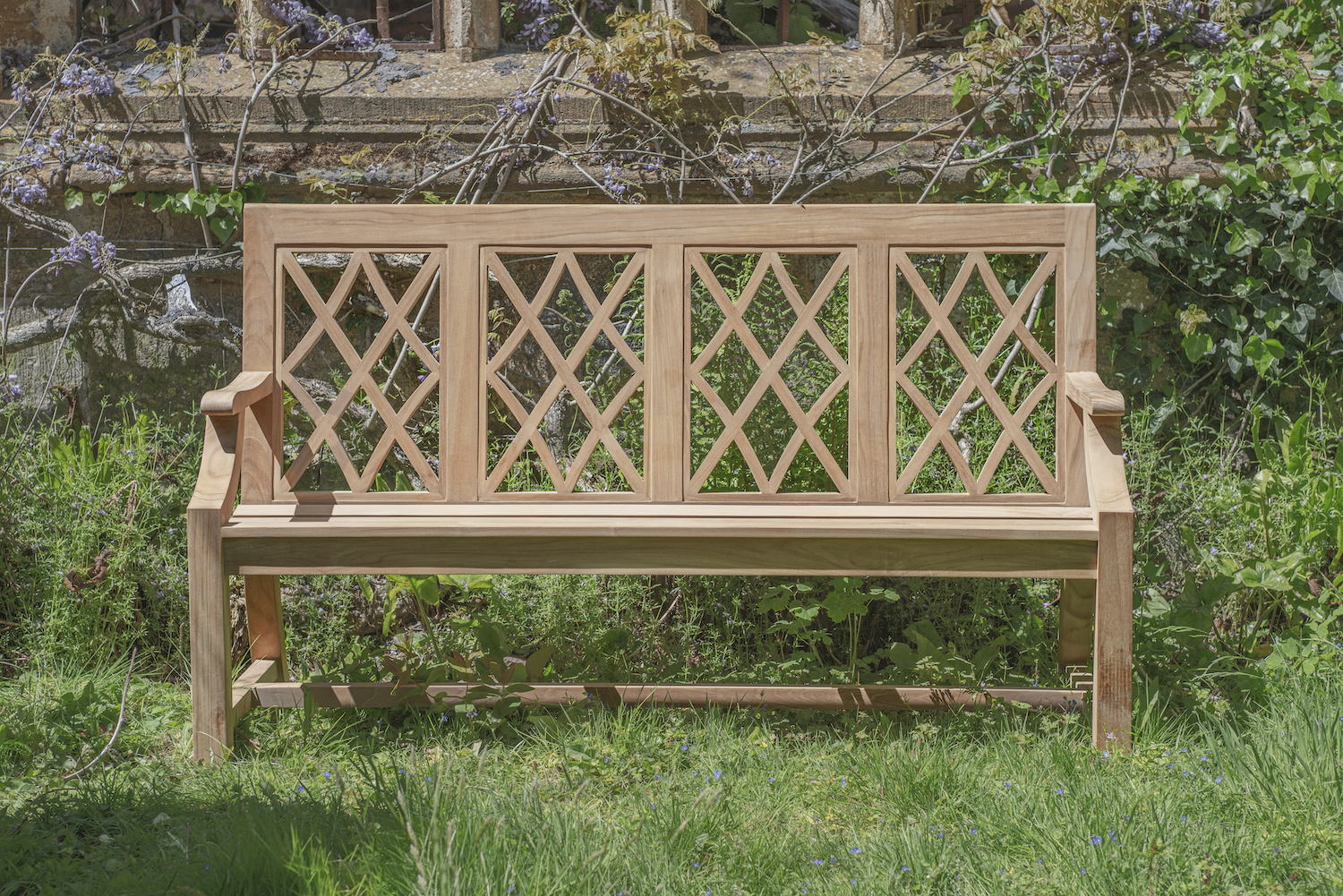

His new range, by comparison, includes impressive teak dining tables and benches, some made to drawings from William Kent design books that have never previously been made into furniture. “The crux is, we’re the only people doing it,” he says of the level of expertise, care and craft that goes into each piece. “I have no competitors. A lot of people can say, I’m going to find a company who can make some stuff for me, and I’m sure there are hundreds of other people who can do that, but it’s not the same thing. It’s a completely different ball game.”
Effect Magazine is brought to you by Effetto



